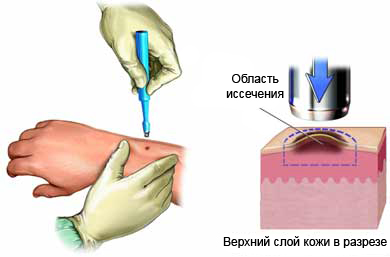Vascular Purpura
Description of vascular Purpura
Purpura Shenleina-Genoha is inflammation of the blood vessels in the skin and other organs of the body, characterized by rash, usually occurs on the buttocks and legs. The rash often recalls bruising or bleeding on your skin, called “Purpura”.
Purpura can develop in people of all ages, but the disease is most common in children.
Causes vascular Purpura
The exact cause of vascular Purpura neizvestnaa. It is believed, It occurs as a result of a disorder of the immune system. Cause Purpura may be:
- Bacterial or viral infections;
- Some medications;
- Side effects of some vaccines;
- Maybe, insect bites.
Vascular Purpura also often occurs in the spring, After a respiratory infection.
Risk factors for vascular Purpura
Factors, that increase the likelihood of developing vascular Purpura:
- Upper respiratory tract infection, such as ARI;
- Age: from 2 to 11 years;
- Side effects of vaccines, Chemicals, cold weather, or insect bites;
- Paul: male children get sick twice as often, than women; the risk is in adults.
Symptoms of vascular Purpura
The symptoms can last from 4 to 6 weeks. They may include:
- Skin rashes and Red-purple spots, usually, on the buttocks and legs, sometimes on the elbows;
- Pain in the joints, especially in the knees and ankles;
- Abdominal pain;
- Blood in the urine, caused by inflammation of the kidneys;
- Swelling of ankles;
- Swelling of the scrotum in males;
- Fever;
- Blood in the stool;
- Vomiting.
Diagnostics of vascular Purpura
The doctor asks about the symptoms and medical history, and performs a physical exam. Tests may include:
- Blood tests;
- Analysis of urine;
- Fecal;
- Skin biopsy of the rash area.

Treatment of vascular Purpura
Vascular Purpura usually goes away by itself. Nonetheless, in some cases, your doctor may prescribe specific medications, to relieve symptoms and prevent complications. They may include:
- Nonsteroidal anti-inflammatory drugs (NSAIDs) – to reduce joint pain and arthritis prevention;
- Kortizon – When severe pain in the abdomen or kidneys;
- Antibiotics – to treat infection;
- Cyclophosphamide – to suppress the immune system, When there are symptoms of severe kidney disease.
Prevention of vascular Purpura
There are no guidelines for preventing vascular Purpura. Relapse occurs in approximately 50% cases.
You should regularly undergo a medical examination, To make sure, in the absence of kidney disease as a result of this disorder.
